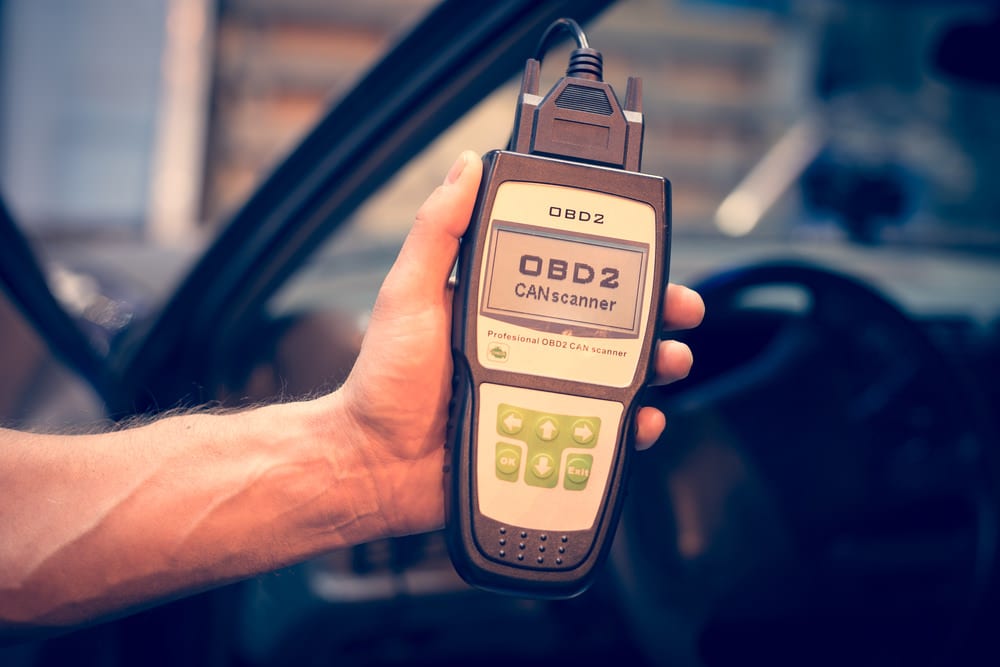

You’re driving your car and everything is going fine when, suddenly, the Check Engine Light comes on. You head home and get out your trusty code reader. You connect it to the OBD II connection under the dash, and the reader displays the code. Now, what does that code mean? You’ve been given a letter or two and a handful of numbers, and possibly even a few words (“cam angle sensor” for instance). What does the code actually mean?
Looking up codes on the internet
The first place you’re likely to turn is the internet. There are tons of websites out there, all promising to help you look up your trouble code and see what it really means. There are a couple of issues here, though.
Is it accurate? If you’re looking up diagnostic codes online, what guarantees do you have that the information is accurate? How do you know they’re not just trying to sell you something you may or may not need?
How to narrow it down? Most trouble code definitions will tell you the system affected, but not the actual cause of the problem. For instance, a P0100 – Mass or Volume Air Flow Circuit Malfunction code tells you that there’s an issue with the MAF sensor, but has the sensor failed? Is the problem with the wiring? Is the sensor receiving the right voltage?
Looking up codes in manuals
There are manuals available that can walk you through many of the diagnostic codes you’ll pull from your car’s computer, but they’re designed for mechanics (or those with significant mechanical experience), and don’t go into the depth that inexperienced drivers would need in order to accurately diagnose the problem.
Is it really the problem?
You must also consider the fact that the trouble code stored in your car’s computer might have nothing whatsoever to do with the actual problem. For instance, a trouble code with a sensor might not mean that the sensor has failed, but that the wiring harness has been damaged (in this case, replacing the sensor would be a complete waste of both time and money).
The primary thing to remember here is that trouble codes aren’t really the answer. They’re nothing more than a starting point for a professional diagnosis of the actual problem.



